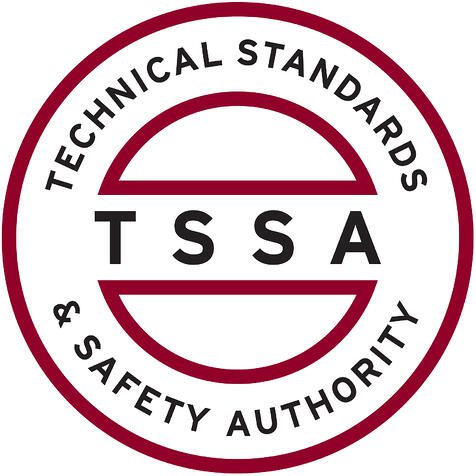
If you’re thinking over air conditioner installation in Dresden, you should also be looking at your new air conditioner’s SEER rating.
SEER is short for Seasonal Energy Efficiency Rating. Basically, it looks at how productive your air conditioner is at converting electricity into cooled air. A bigger number means your air conditioner is more efficient, which is excellent for your electrical costs.
However, there are a lot of different options to choose from for air conditioners. And a better SEER ranking usually involves a higher cost. So, how do you know which one is right for your house?
At McFadden Heating & Cooling, we give you a free, no-pressure home comfort analysis. You can request one by contacting us at 519-683-2339. Our experienced air conditioner installers will partner with you to help you find the right air conditioner for your budget. Plus, they’ll also give you a free, no-obligation estimate.
Right now, let’s go over SEER ratings and how they can affect your family’s comfort. And your electrical costs.
What Does the SEER Rating Even Matter?
In 2016, the federal government made new SEER rules. New air conditioners are required to be at baseline 13 SEER in the north United States and 14 SEER in the southeast and southwest. If you’re not sure when you had your air conditioner installed or what its SEER rating is, you can find the sticker on the system outside your home. If you can’t see the sticker, you can give us a call at 519-683-2339 for support.
If your air conditioner was replaced in advance of that date, it’s presumably much less efficient. Air conditioner technology has swiftly evolved in the past few years, with big advances in energy efficiency and smart home capacity. Using your new air conditioner with a smart thermostat could help you spend less on cooling costs, since the thermostat can seamlessly manage your temperature settings when you’re away.
If your present air conditioner has a SEER rating between 8 and 10, installing a 14-SEER system could save you close to 30–50% on annual cooling bills. Your savings are contingent upon your air conditioner size and your temperature settings.
Is a Higher SEER Rating Always Better?
An air conditioner with a higher SEER rating will be more efficient at converting electricity for cooling. The most efficient systems, which can go as great as 26 SEER, carry ENERGY STAR® endorsement. This designation means the air conditioner meets EPA requirements for energy savings and environmental conservation.
While ENERGY STAR air conditioners are frequently more costly, you’ll normally get the difference repaid over time through lower utility costs. These air conditioners, which are generally rated 16 SEER and greater, need about 8% less energy than other new systems, according to ENERGY STAR.
One of the greatest differences between a 14 SEER and 16 SEER is variable-speed capability. A variable-speed air conditioner can operate at varying speeds. This fine-tunes comfort for your loved ones while keeping your cooling costs low. It can also keep temperatures and humidity more even, since it can go for longer without consuming a lot more power.
When buying a variable-speed air conditioner, you’ll want to check that your furnace or air handler is compatible. This is due to the fact your air conditioner uses this system’s blower to distribute chilled air across your home. Furnaces only run for around 20 years, so if yours is getting old, we advise getting furnace installation at the same time so you can get all the benefits of your variable-speed air conditioner.
When you’re set to replace your air conditioner, the cooling pros at McFadden Heating & Cooling are available to support you. Reach us at 519-683-2339 to book your free home comfort analysis now.




